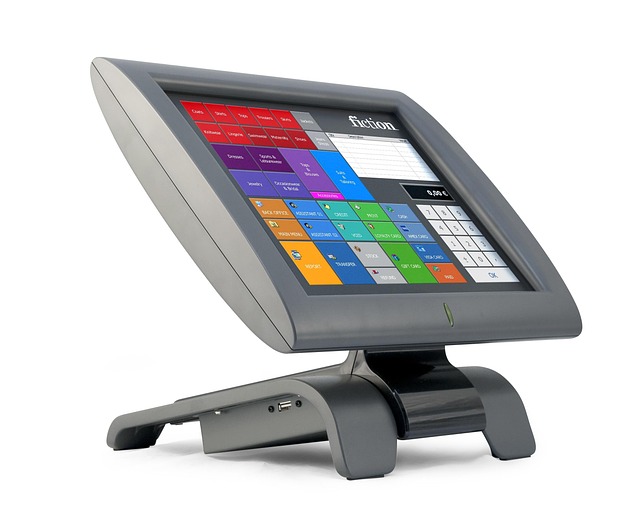Embracing the Future: How Intelligent Transport Systems Are Shaping Our Interactions
In an era defined by rapid technological evolution, the way we interact with the world around us is undergoing a profound transformation. At the forefront of this change lie intelligent transport systems (ITS), which promise to revolutionize not just how we travel, but also how businesses operate and how robotics and artificial intelligence (AI) create seamless, automated environments.
The Symbiosis of Robotics and Intelligent Transport Systems
Robotics has long captured our imagination, but when paired with intelligent transport systems, its potential amplifies dramatically. Autonomous vehicles, drones delivering packages, and smart traffic management solutions are examples of robotics reimagining transport. These machines, equipped with advanced sensors and AI algorithms, communicate with each other and the environment, enabling smoother, safer interactions on roads and in cities.
This integration creates a new rhythm of movement—one where delay, congestion, and accidents diminish. For the commuter, the experience shifts from stressful and uncertain to intuitive and fluid. For society, robotics embedded within ITS fosters smarter cities that breathe and adapt in real-time.
Artificial Intelligence: The Brain Behind Intelligent Transport Systems
At the heart of intelligent transport systems is artificial intelligence, which acts as the cerebral cortex directing data flow and decision-making. AI processes vast amounts of information—from traffic densities to weather patterns—and predicts optimal routes, manages transportation networks efficiently, and even anticipates maintenance needs before breakdowns occur.
Imagine a bus fleet that autonomously adjusts schedules based on passenger flow or responds instantly to incidents, minimizing downtime. This seamless orchestration is made possible through AI’s ability to learn and adapt continuously, enhancing not only transportation efficiency but the quality of interactions between humans and machines.
Automatisation in Business: Transforming Interaction at Every Level
Intelligent transport systems extend beyond public roads and transit; they are reshaping business operations fundamentally. Logistics companies harness automatisation to track shipments in real time, optimize delivery routes, and manage fleets with unprecedented precision.
In retail and manufacturing, ITS-powered robotics automate supply chain tasks, reducing human error and elevating productivity. This digital interaction between systems not only accelerates workflows but also liberates human focus towards creativity and innovation, fostering a new era where human and AI collaboration defines success.
Redefining Our Connection With Movement and Technology
The future painted by intelligent transport systems is one where interaction transcends traditional boundaries. It’s where our journeys are harmonized with intelligent machines, where businesses flow effortlessly on digital highways, and where AI-driven automatisation cultivates smarter, responsive environments.
As individuals and communities, this revolution invites us to trust and engage with technology in ways that enhance our everyday lives. By embracing this blend of robotics, AI, and automatisation, we are stepping into a world where interaction is not just about movement but about meaningful connection and shared intelligence.



